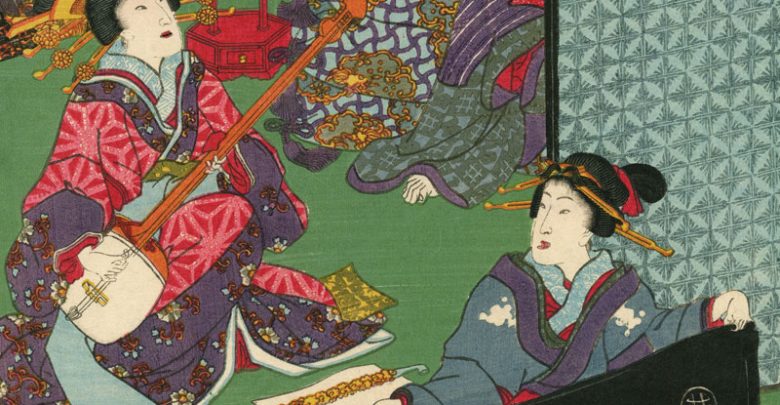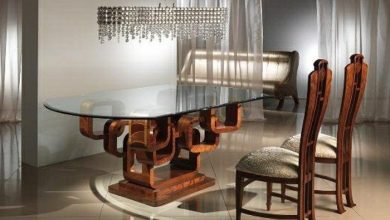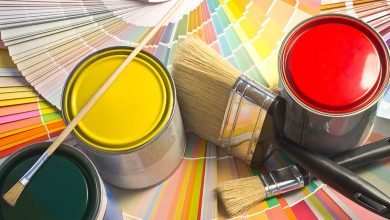Home
Japanese Art Prints

Japanese art prints, or Ukiyo-e, which accurately means “images of the floating world,” is becoming an more and more popular talent within the Western world. These “images of the floating world” sprang in the Buddhist ideology that pleasure is transient and just detachment from desire brings true enlightenment. The idea was abbreviated to imply that if pleasure is fleeting, the other must appreciate it to the maximum. After that, scenes of pleasure were portrayed in Ukiyo-e. This specific movement found fruition within the 17th century. It involved carving a picture inversely onto woodblocks, since the revealed surfaces with ink, and pressing the block onto paper, inducing the development of paper.
History & Development
Ukiyo-e originated from the Edo region (Tokyo, japan) during a period when Japanese political and military power was at the disposal of the shoguns. Japan, in that period, was isolated from the remainder of the world underneath the policy of Sakoku, which means “secluded or closed country.”In 1853, a united states commander named Perry found Japan to barter using the Japanese government with respect to the united states. During the time of Perry’s arrival, Ukiyo-e would be a popular contemporary talent, and lots of prints were on sale around the roads of Edo. Western visitors transported Ukiyo-e prints to their homeland, thus exposing Japan’s exotic art to the remainder of the world.
The topic of Ukiyo-e was usually portraits of kabuki actors, theatre scenes, enthusiasts, famous courtesans, and landscape scenes from Japan’s background and lore. The very first prints were created in black and white-colored. Artists Okomura Masanobu and Suzuki Harunobu were one of the primary to create color woodblock prints by utilizing one block for every color. Color woodblocking would be a very complex process. There needed to be a vital-block designed for the outlines and something block for every color. Many printing blocks need to be created to match each color within the print. The amount of impressions that may be created in one block is very limited. As the amount of copies increases, the block becomes worn lower and also the top printing quality deteriorates. Producing Japanese art prints involved lots of people besides the artist, including designers, those who planned the mold, other people who cut the mold, and individuals who pressed the molds to the paper.
Offshoots of Ukiyo-e
Producing these specific Japanese art prints faded out around 1912. However, two new schools of print-making emerged to consider its place. They’re known as Sosaku Hanga and Shin Hanga. The Sosaku Hanga school believes the artist should be central to any or all phases from the printing process, as the Shin Hanga movement is much more traditional and believes the writer is most central, therefore, the design, blocking, and printing could be provided to different artists.
Collecting Ukiyo-e
When collecting this exotic type of art, you have to know about a couple of Japanese terms. Japanese art prints which are referred to as atozuri mean that they are late printings, but were completed with the initial woodblocks. Prints which are shozuri are early printings, along with a print stated to become fukkoku is really a reproduction.
Before the other half from the twentieth century, japan print-making process didn’t involve artists signing and numbering each print. Rather, the prints were marked having a stamp that identified the artist, the writer and also the carver. After becoming uncovered towards the exotic culture of Japan, a craze for everything Japanese taken through Europe within the late 1860’s. Japanese art prints appeared to be shipped to Europe, mostly France, in record figures. Soon, the interest in woodblock prints couldn’t be met with originals.
Consequently, Japanese publishing houses started producing copies from the more famous prints. The copy business lasted for a lot of prosperous years. Most of the copies were of fine quality. Some prints have stamps or markings within their margins, identifying them as copies however, other medication is harder to discern. The caliber of the paper and the health of the colours will be the primary indicators in discovering a duplicate. For that average collector who’s not able to see Japanese figures, the job of discovering a duplicate is frequently impossible.
Any online guide will help you to buy online Japanese art or find the best pictures on sale. How would you like to be familiar with some simple but effective tips to appreciate and buy art? When you buy cheap art online by giving or giving gifts, these simple guides can be of good use.






